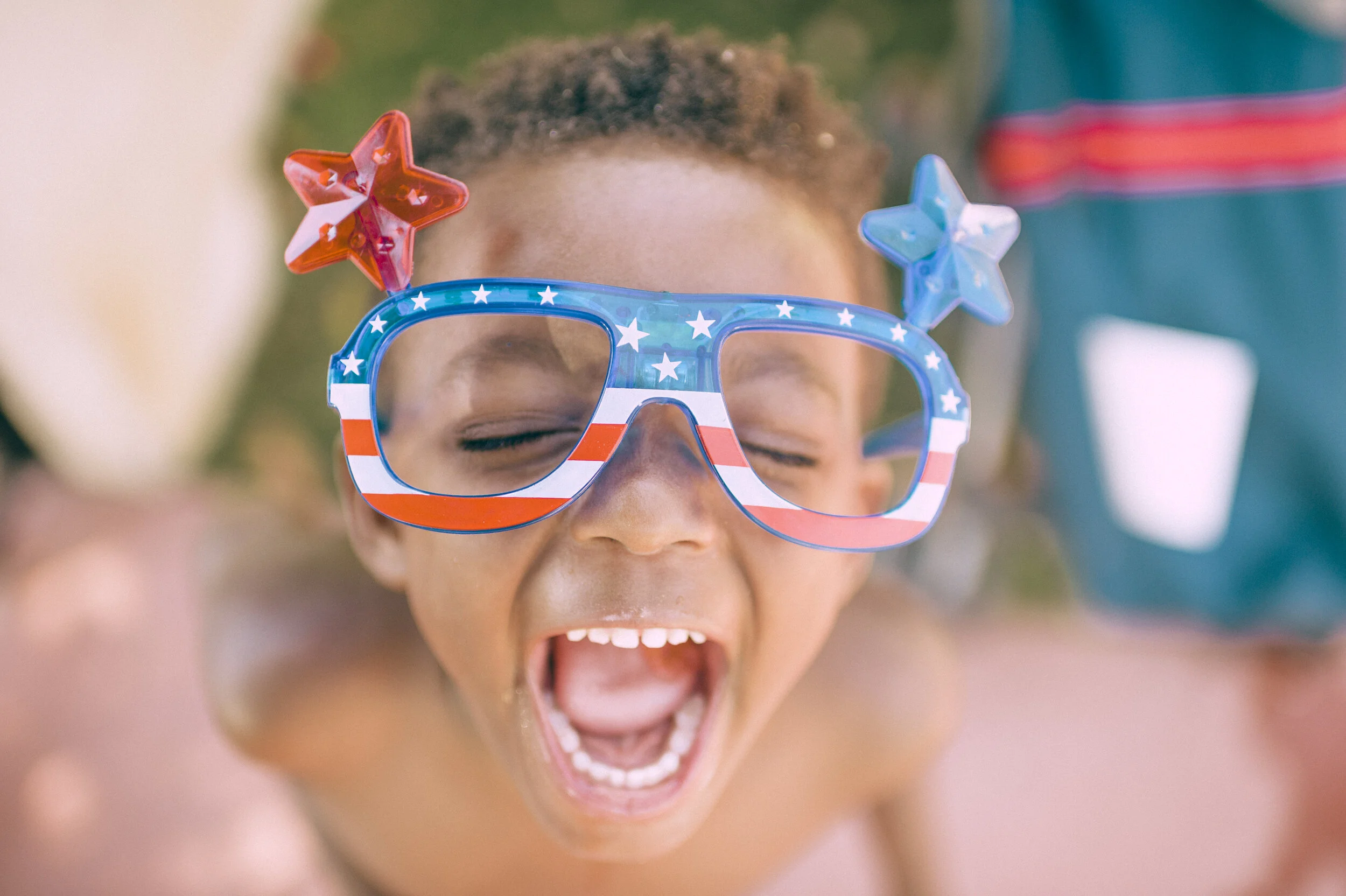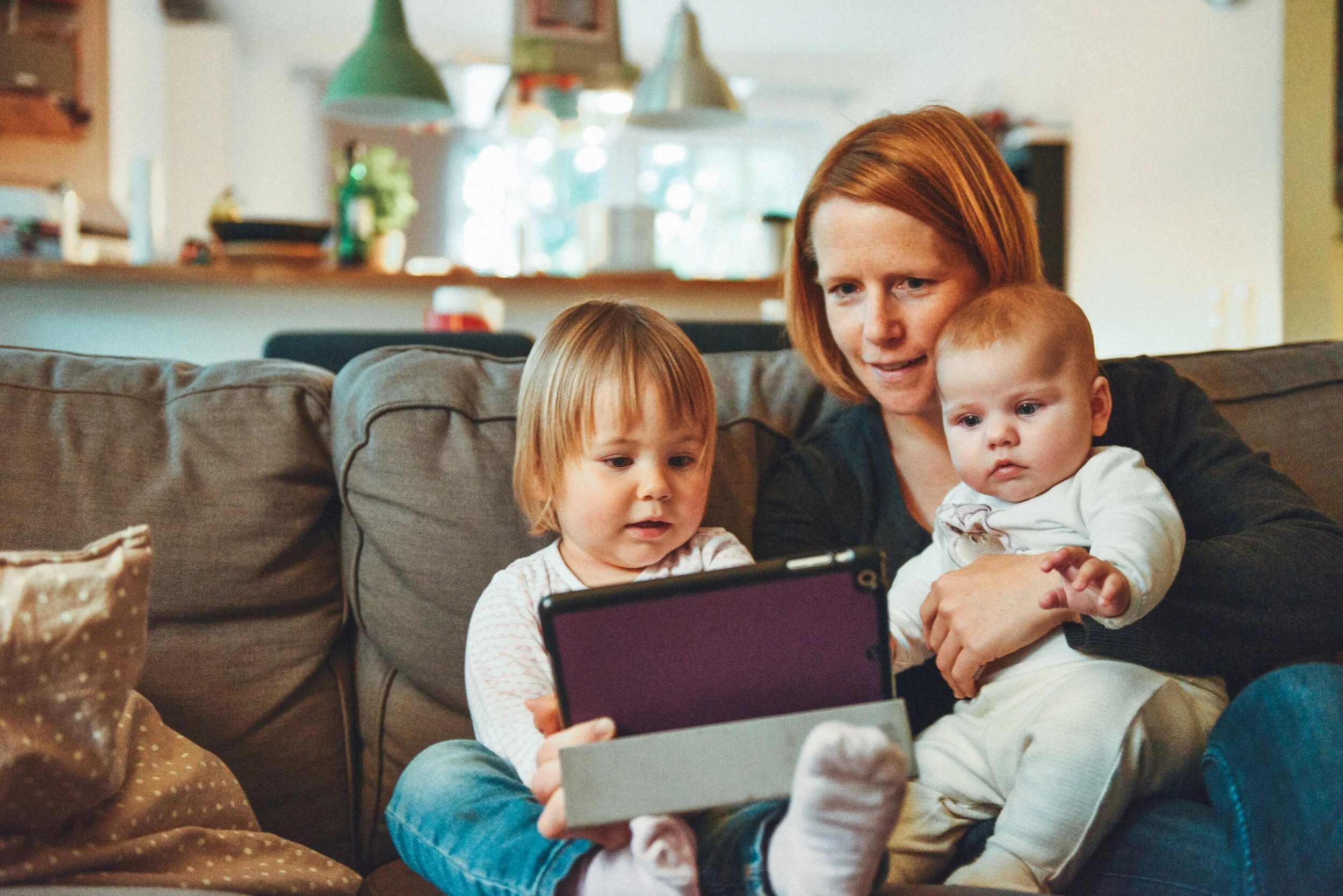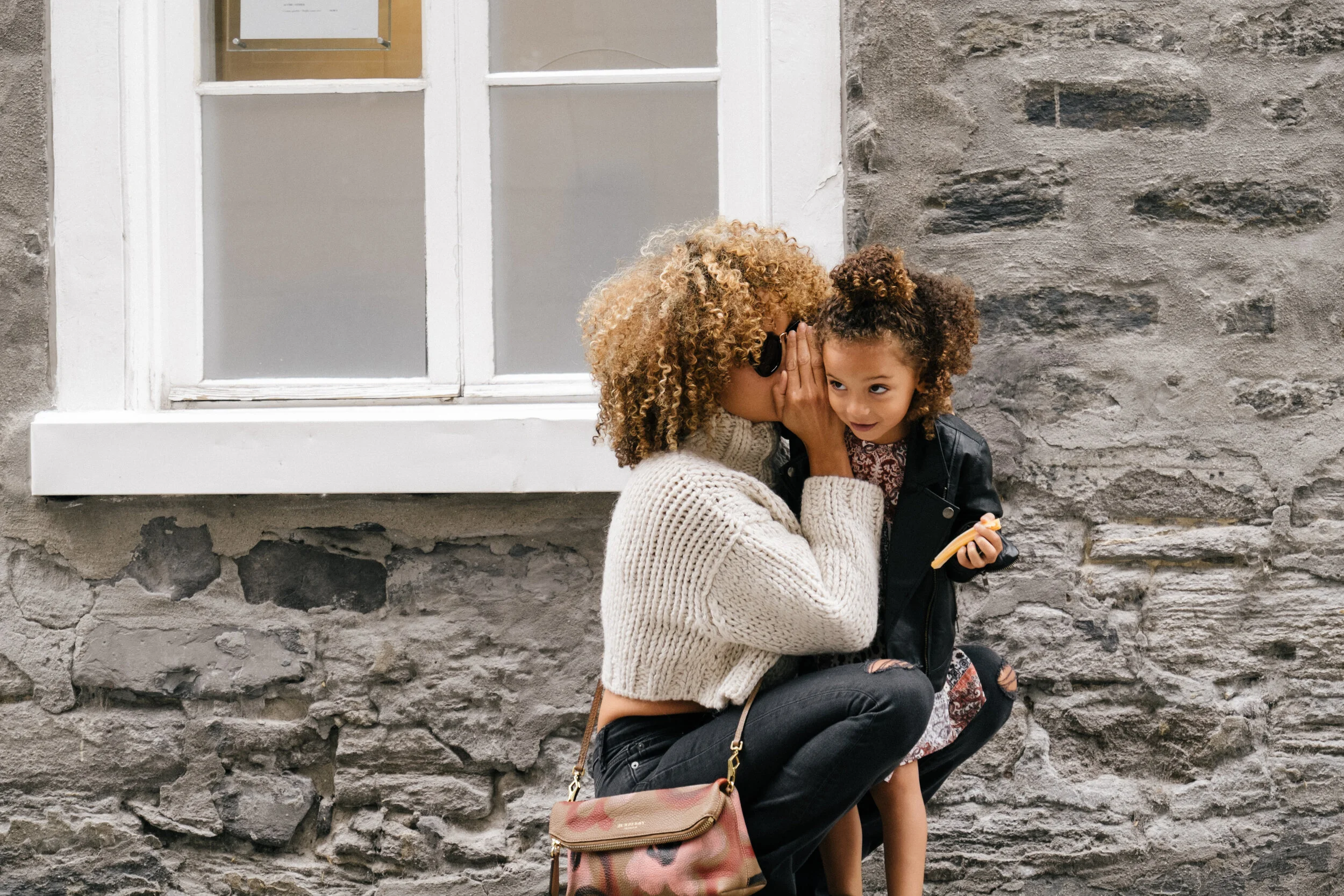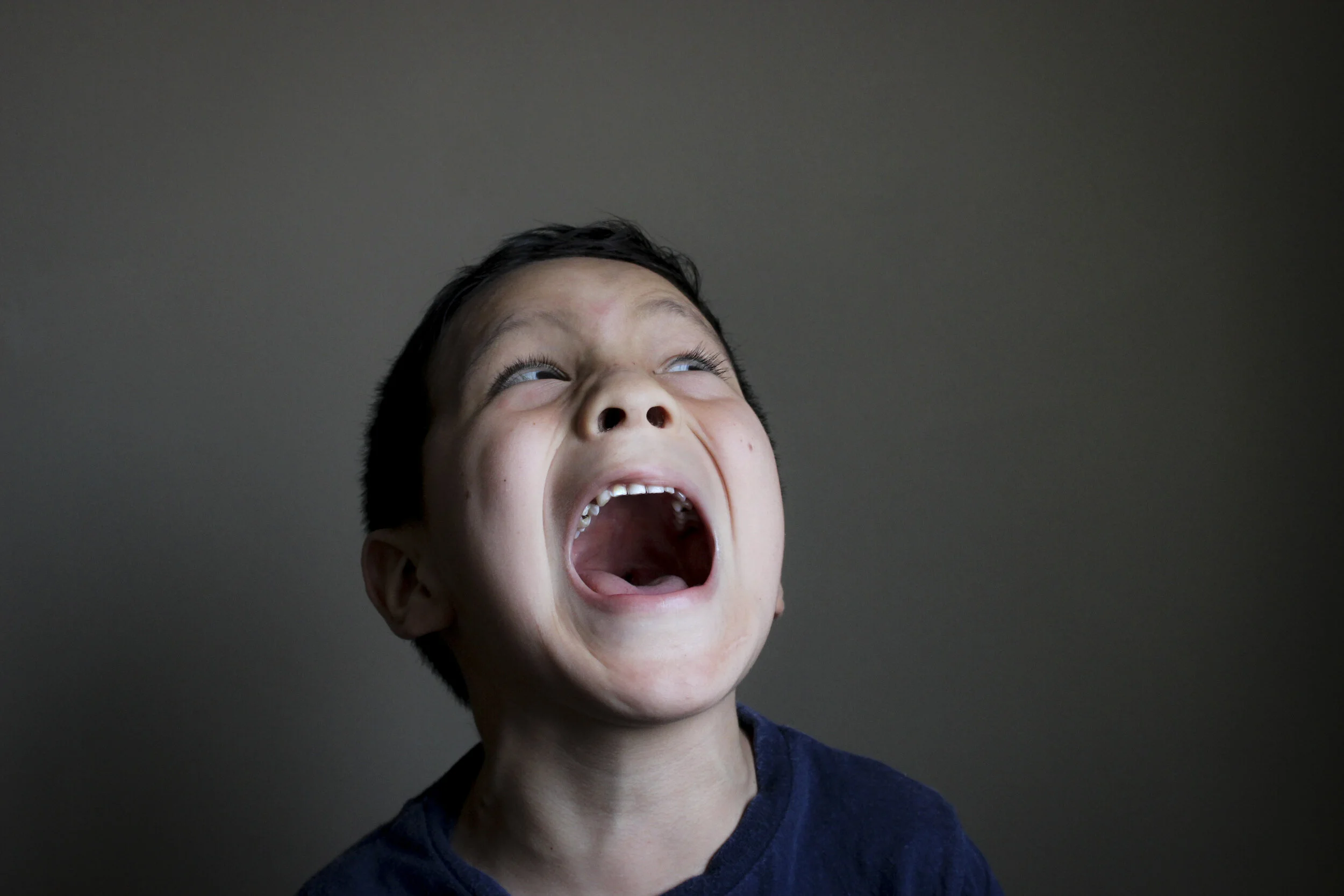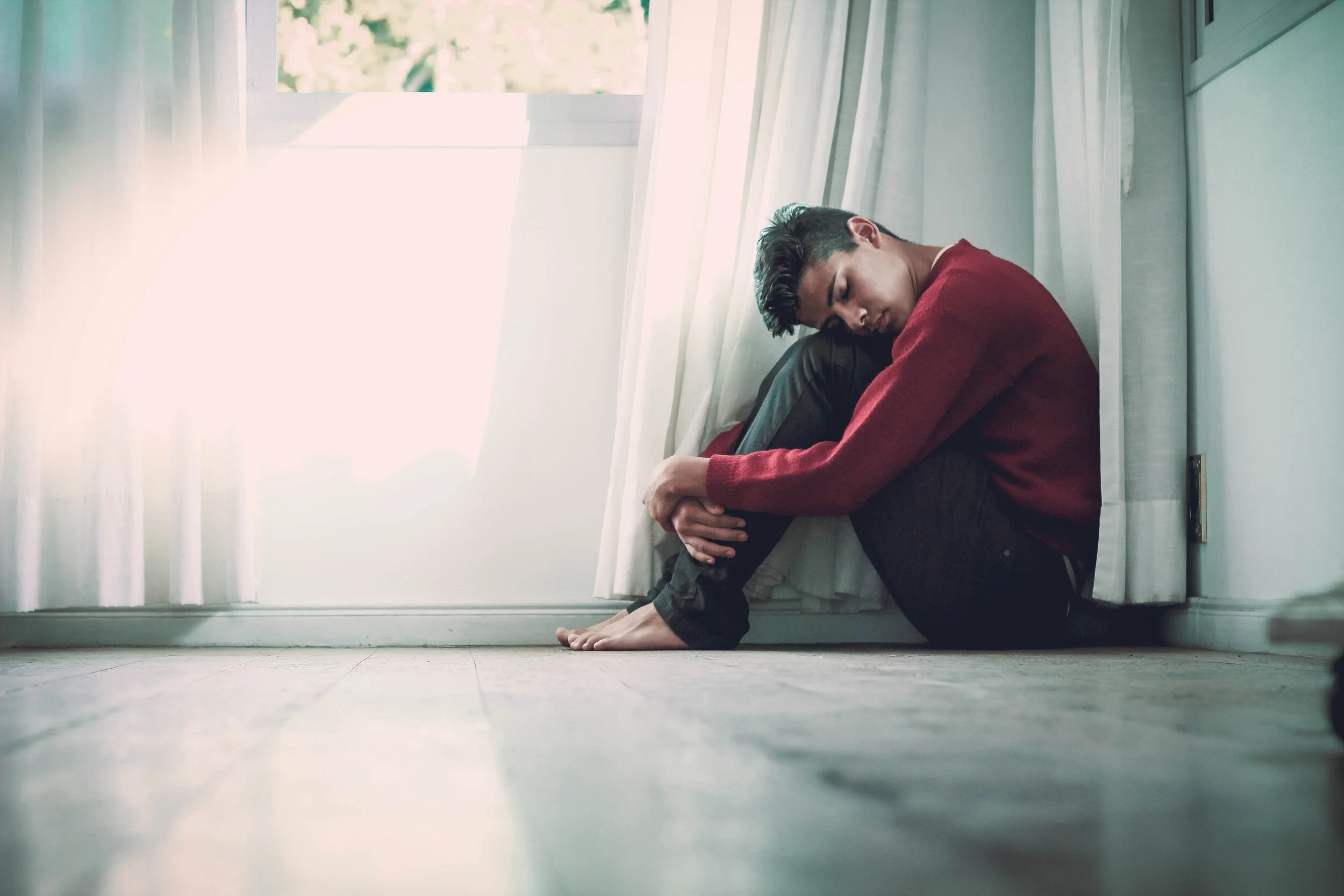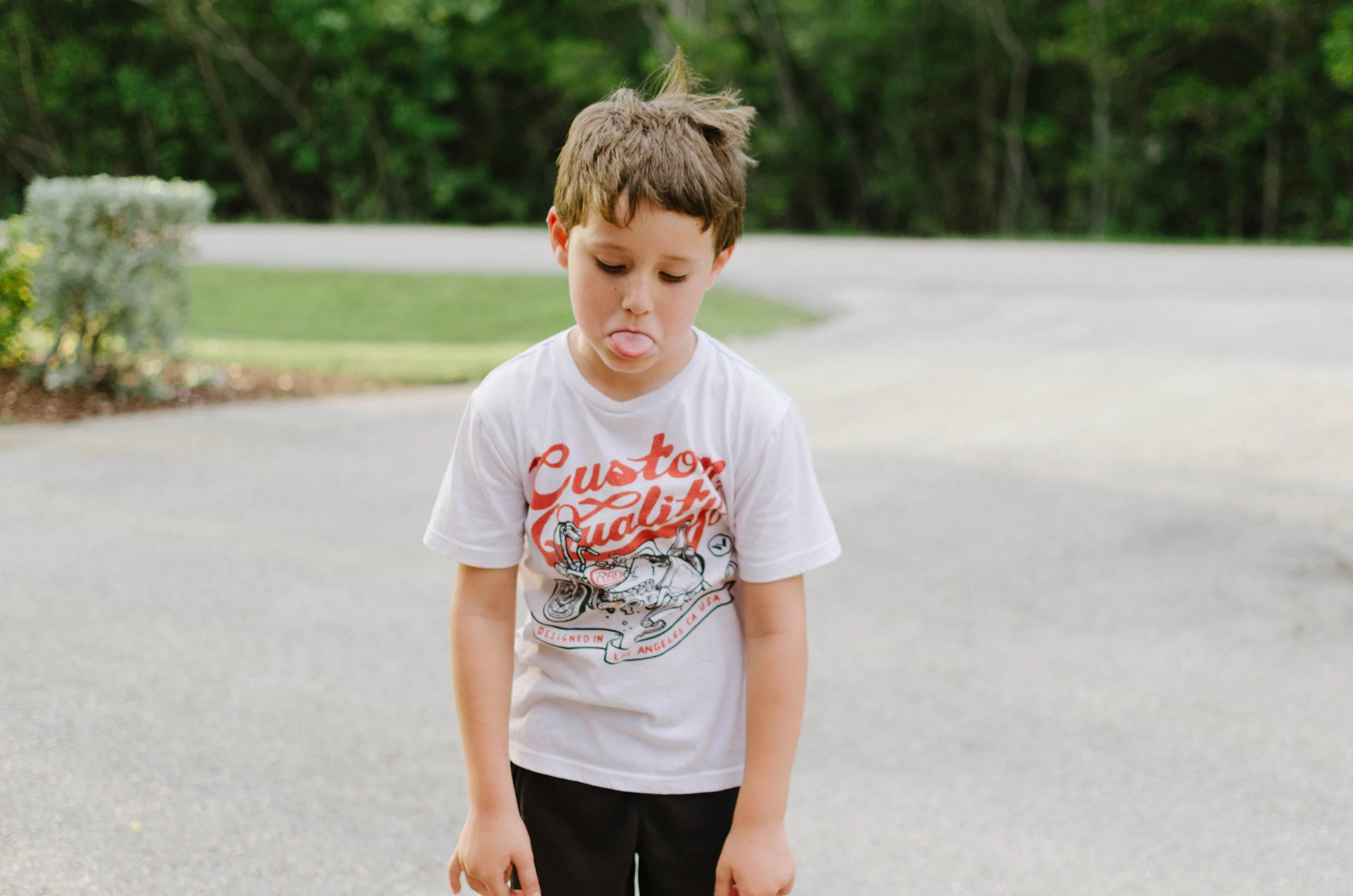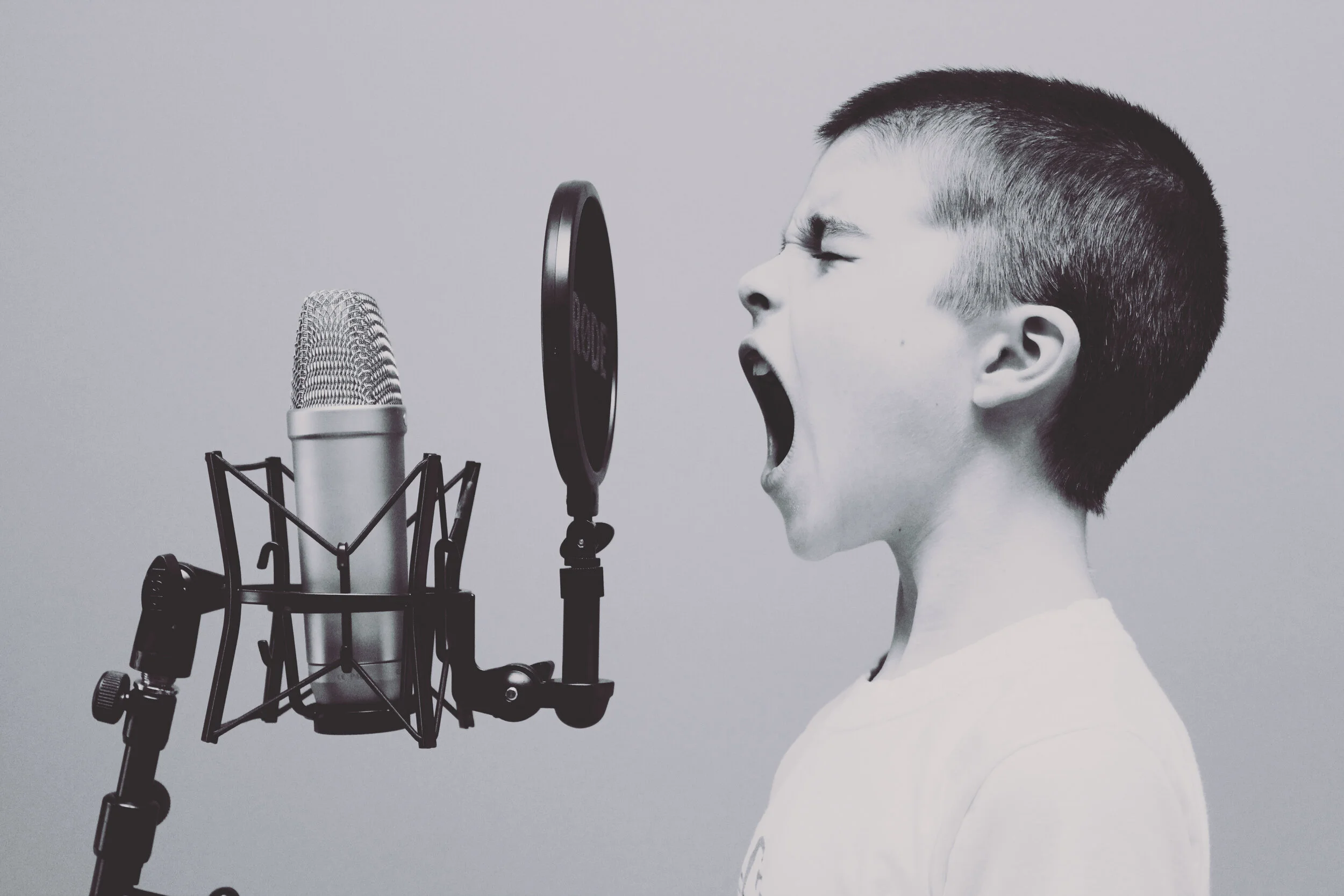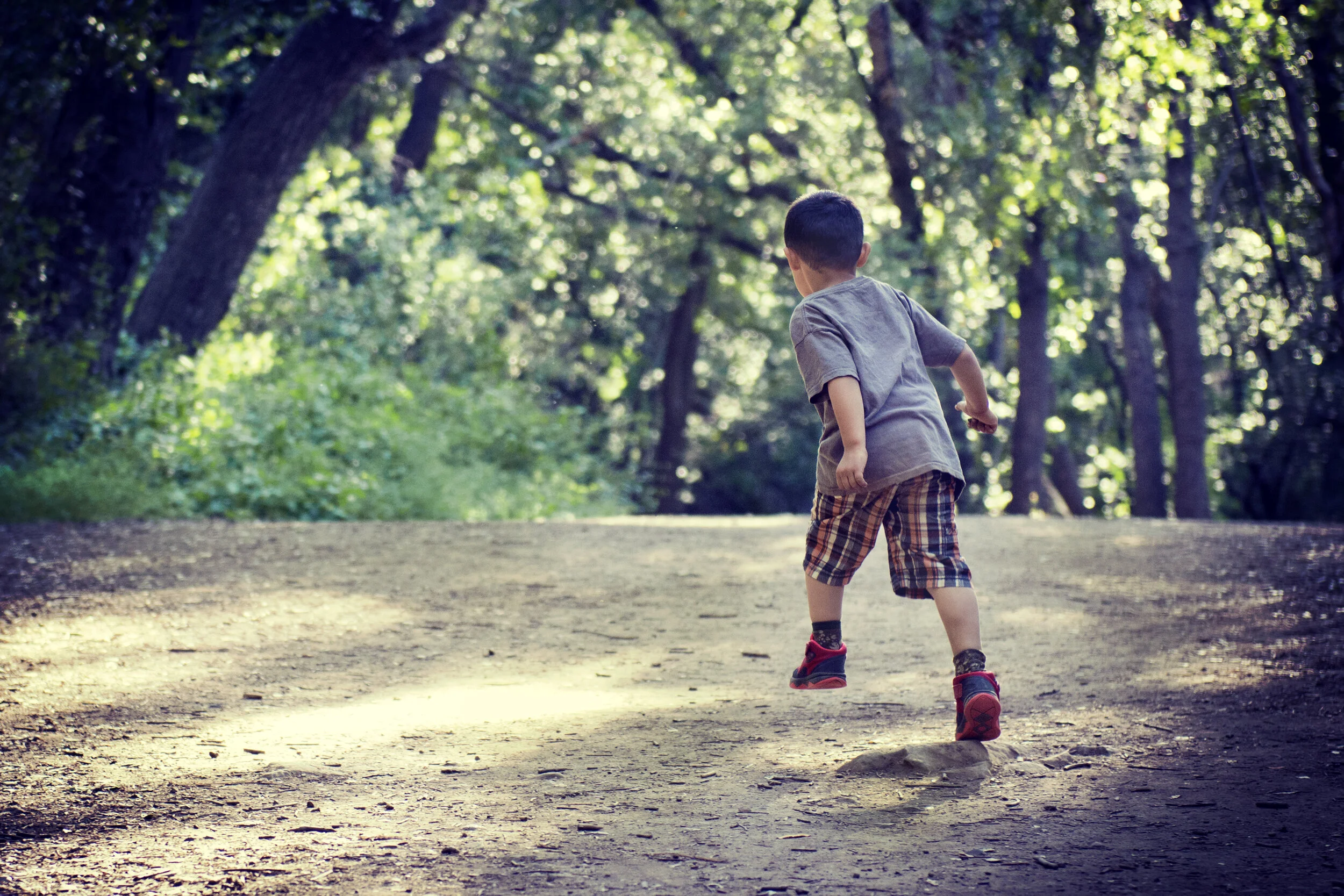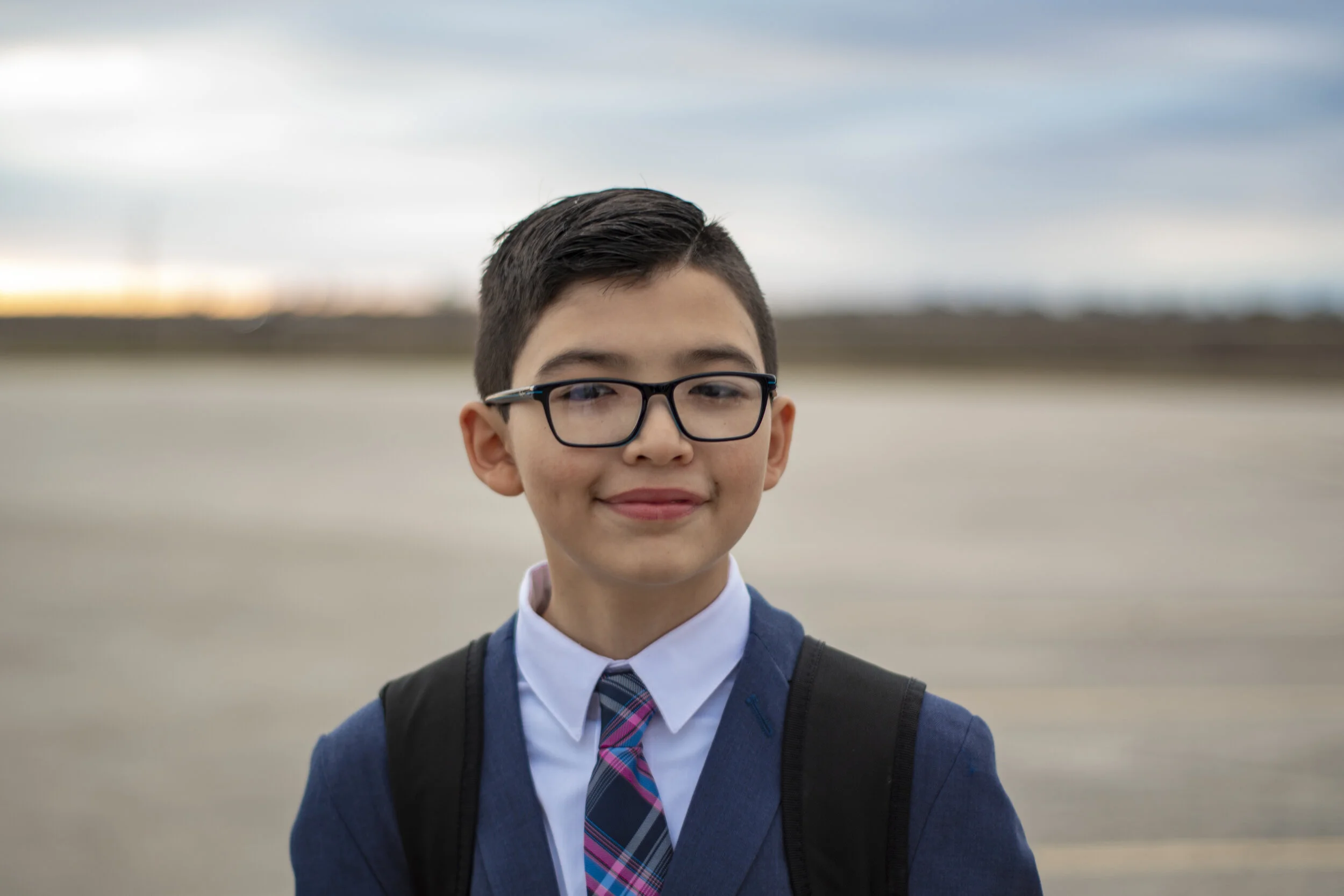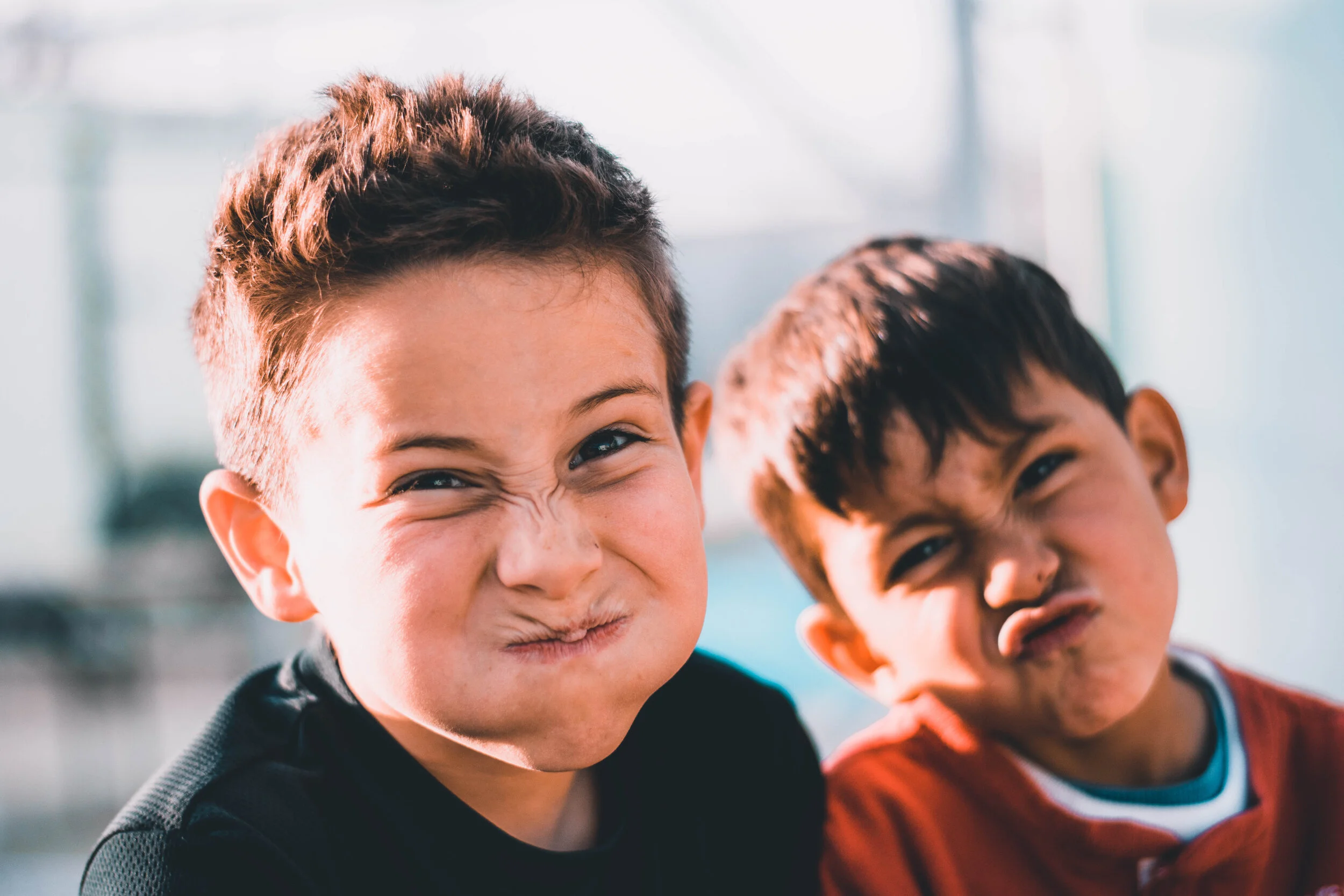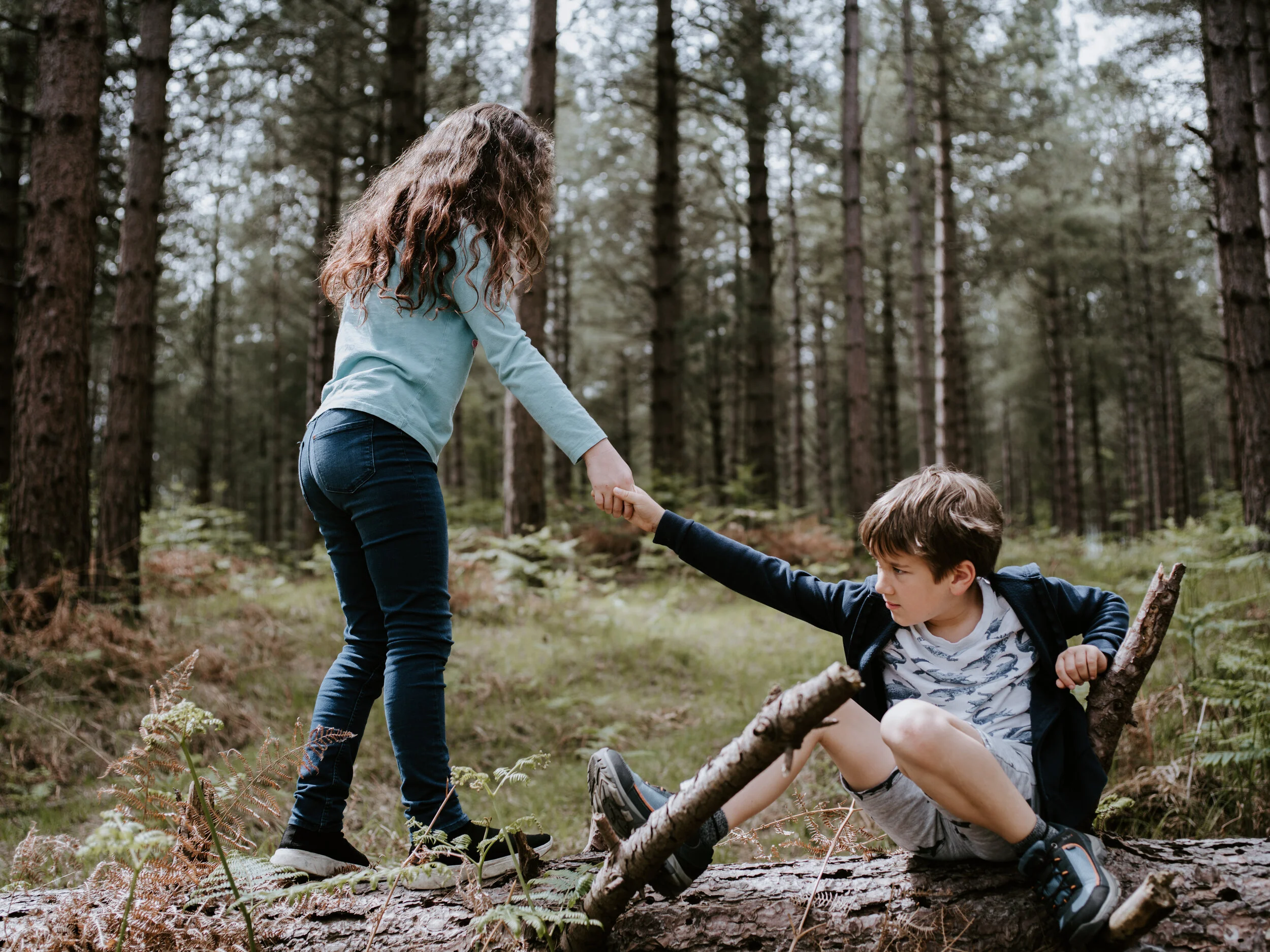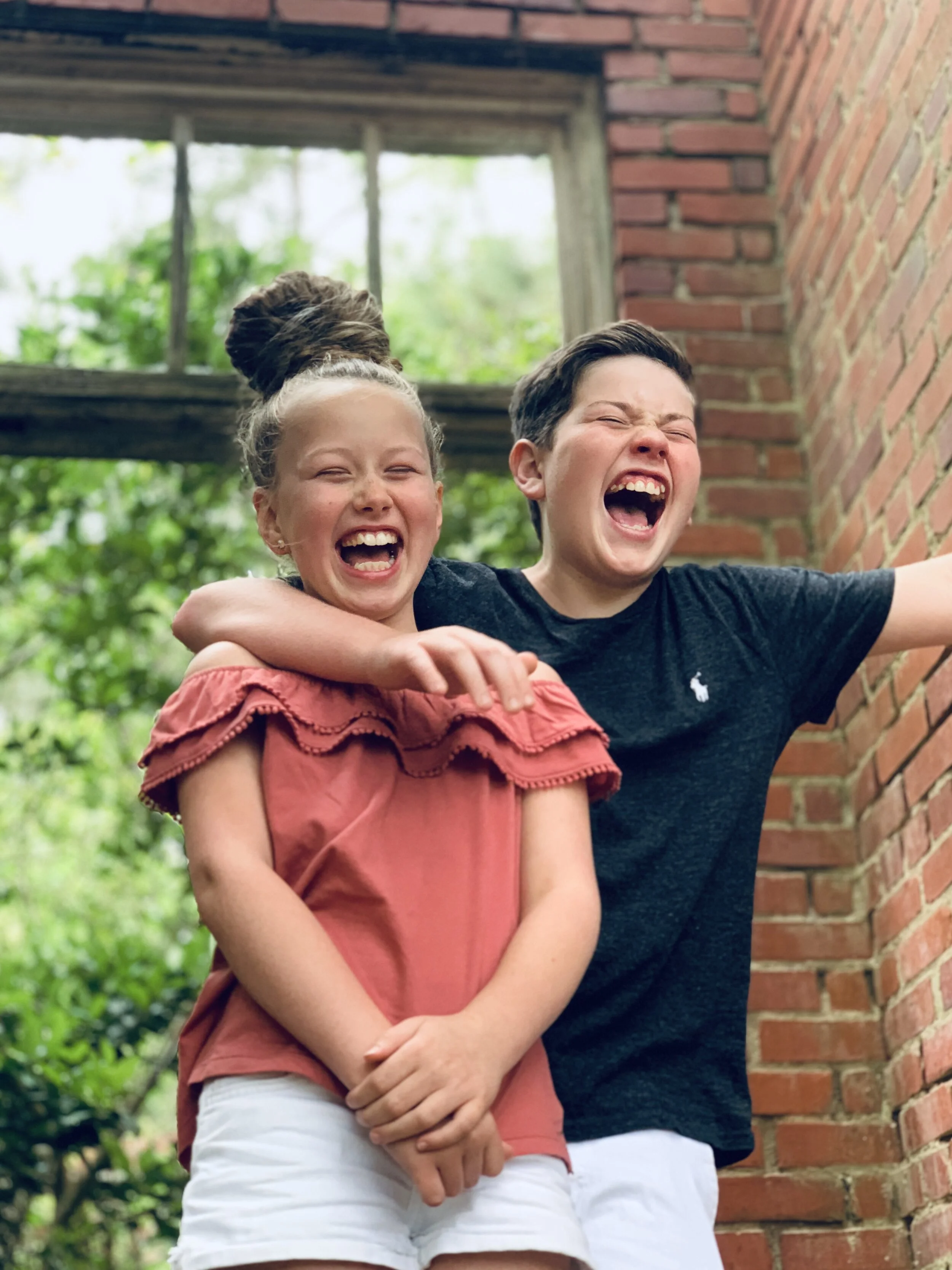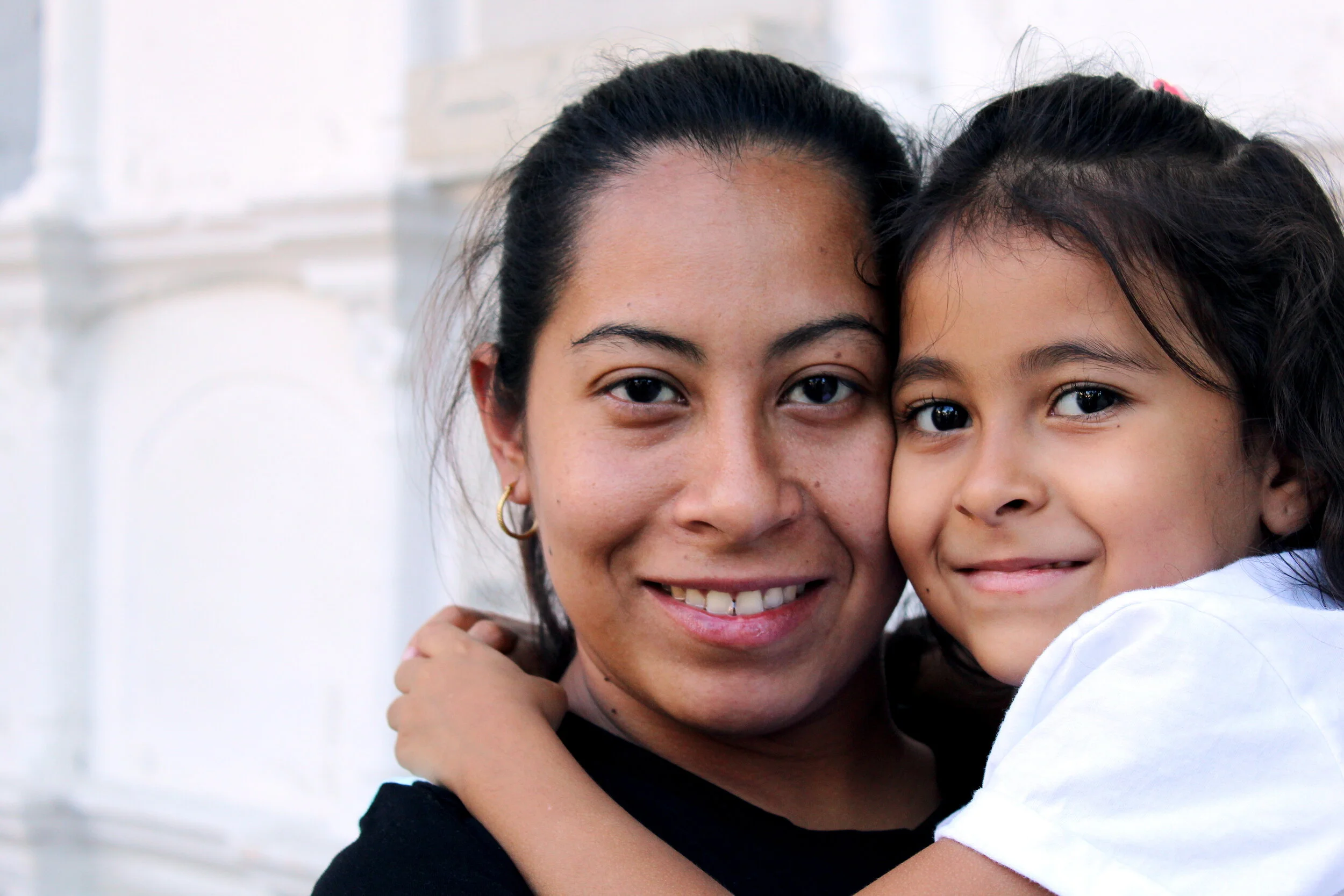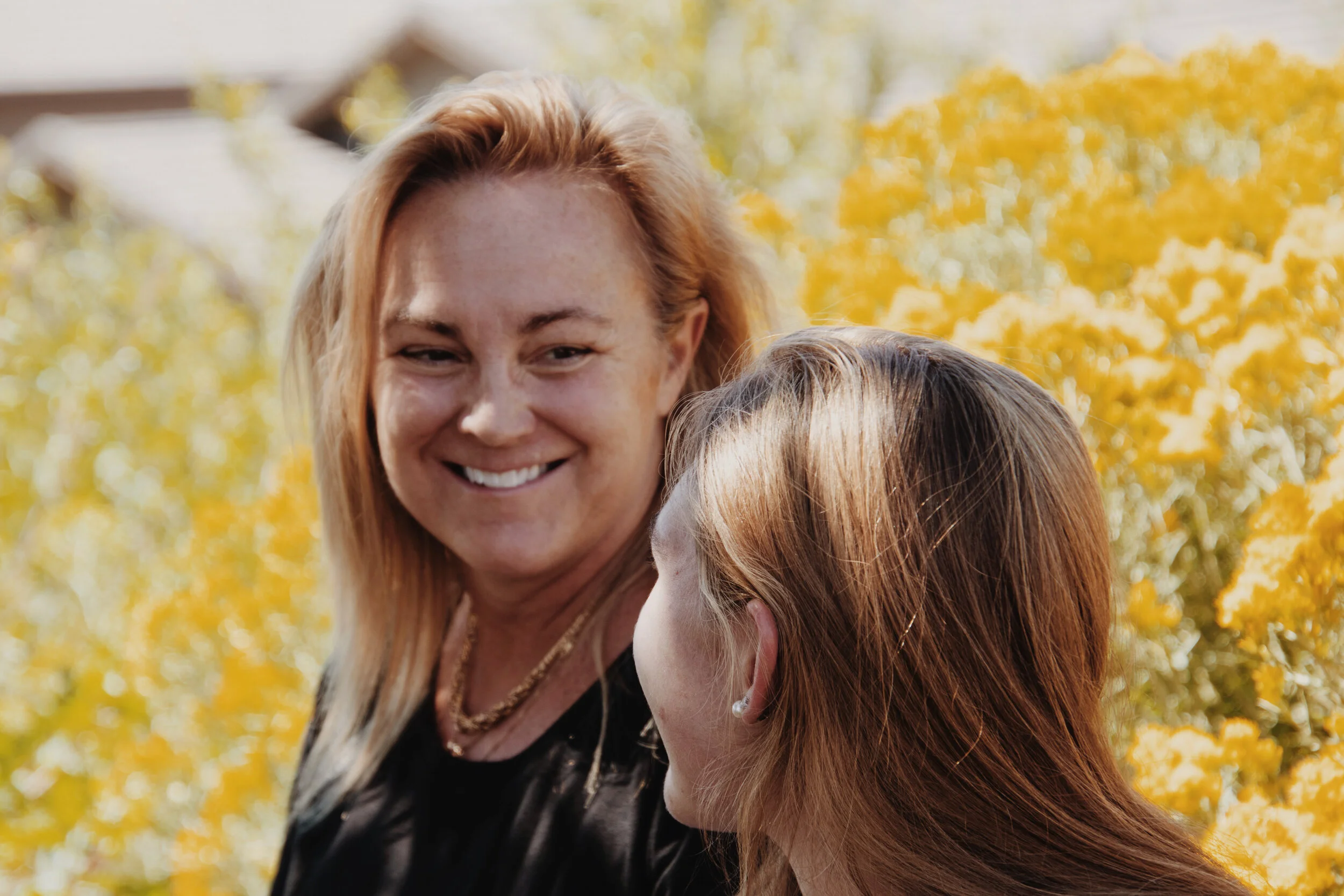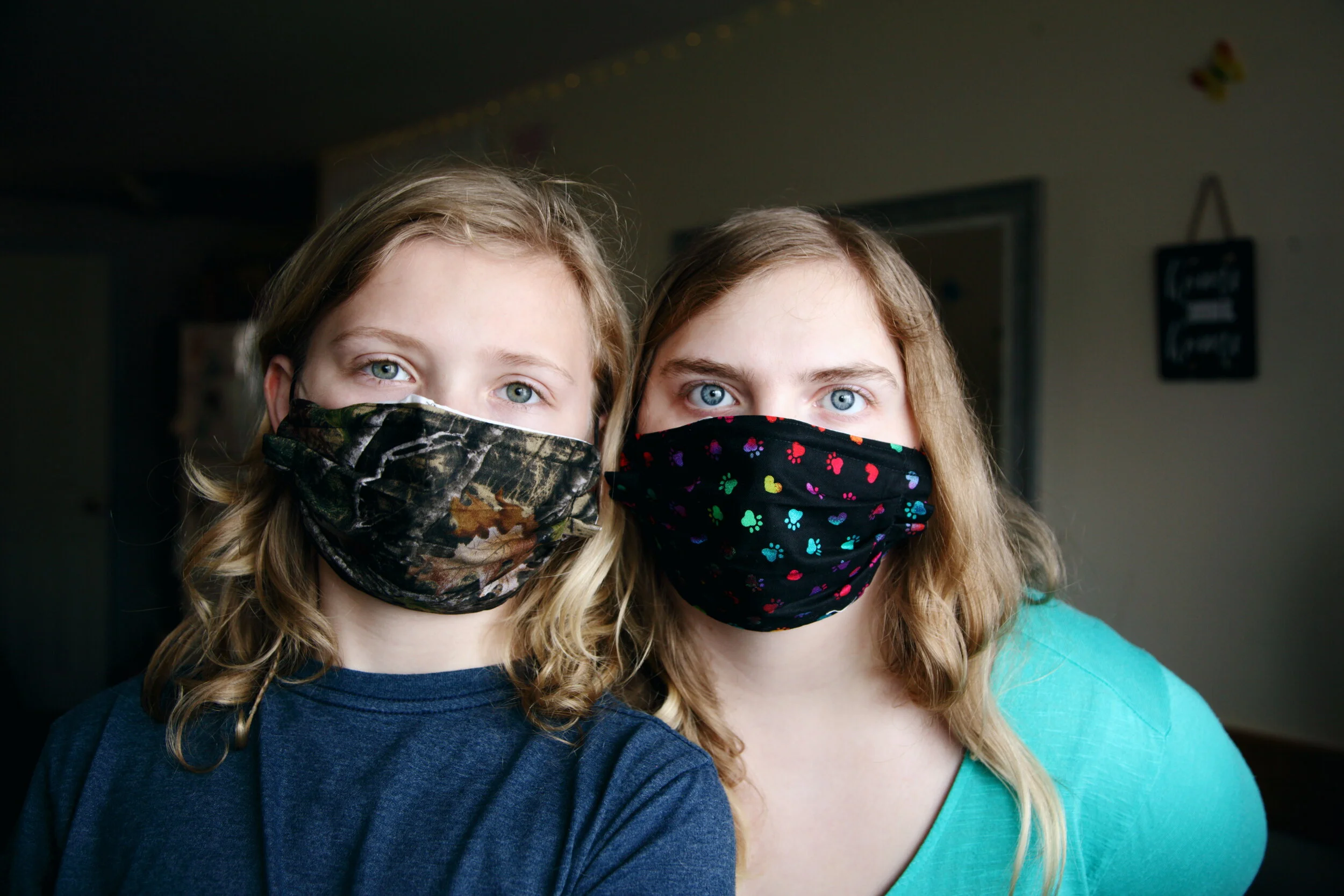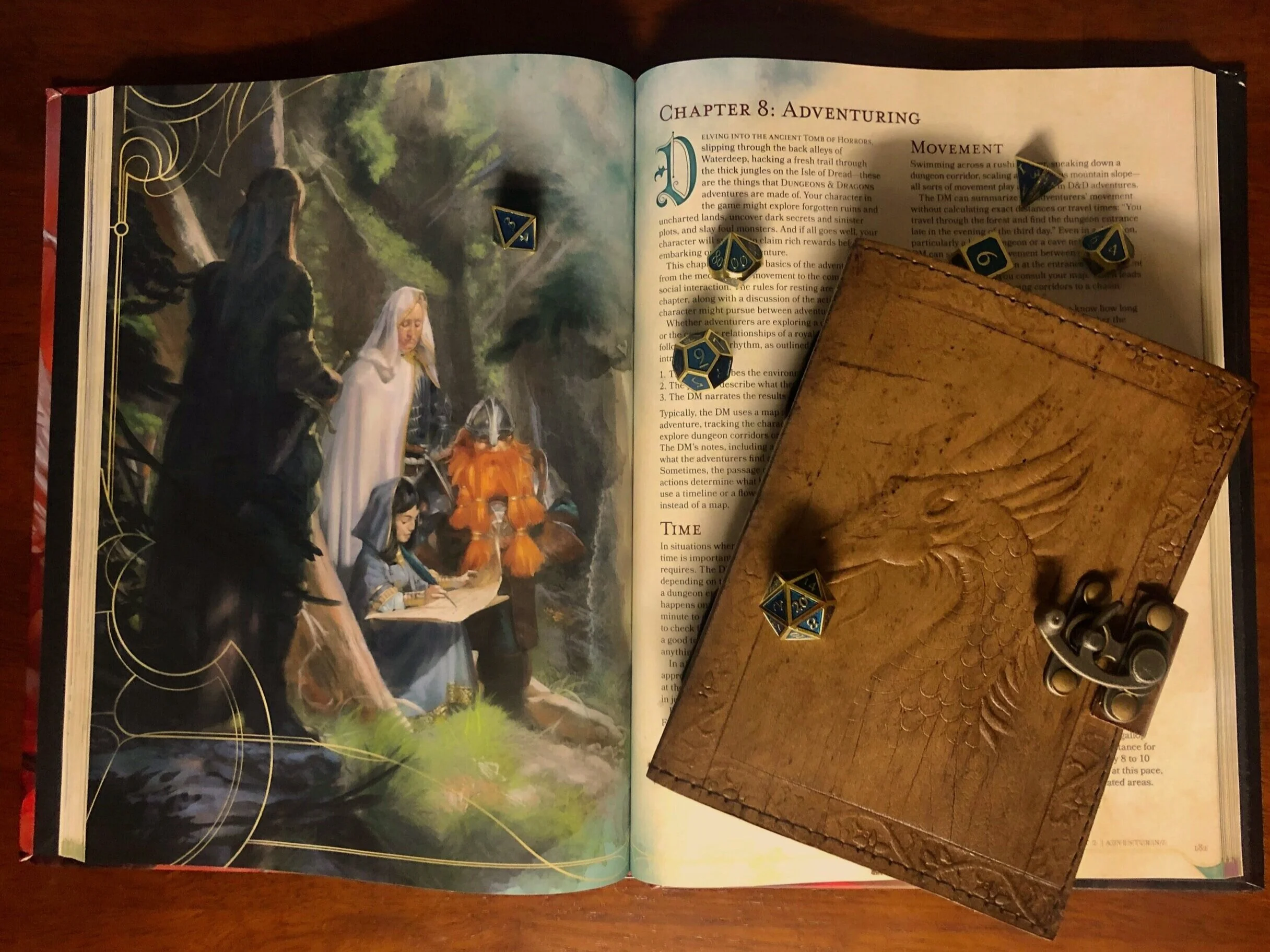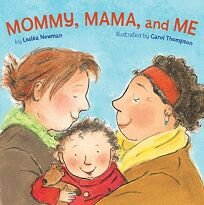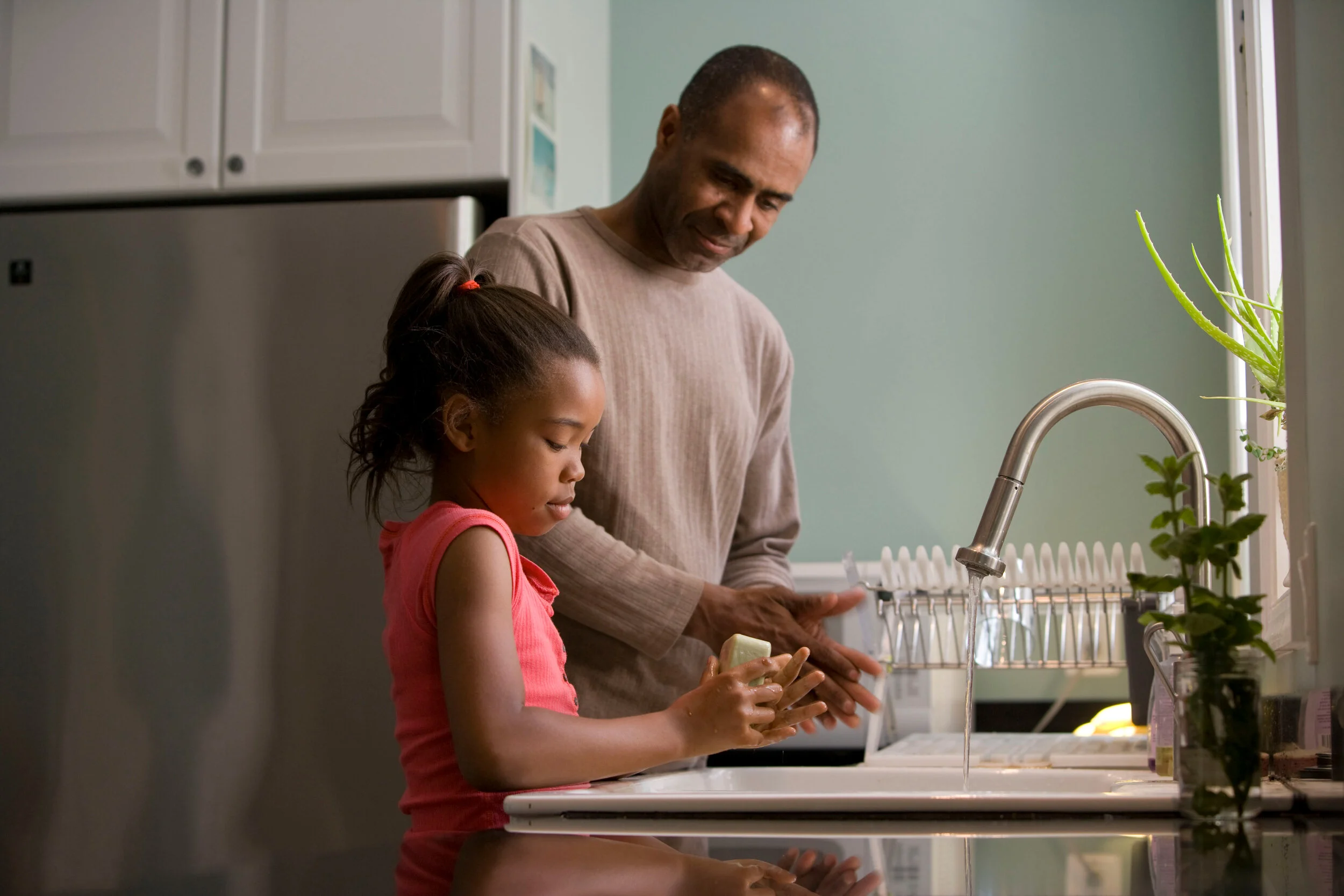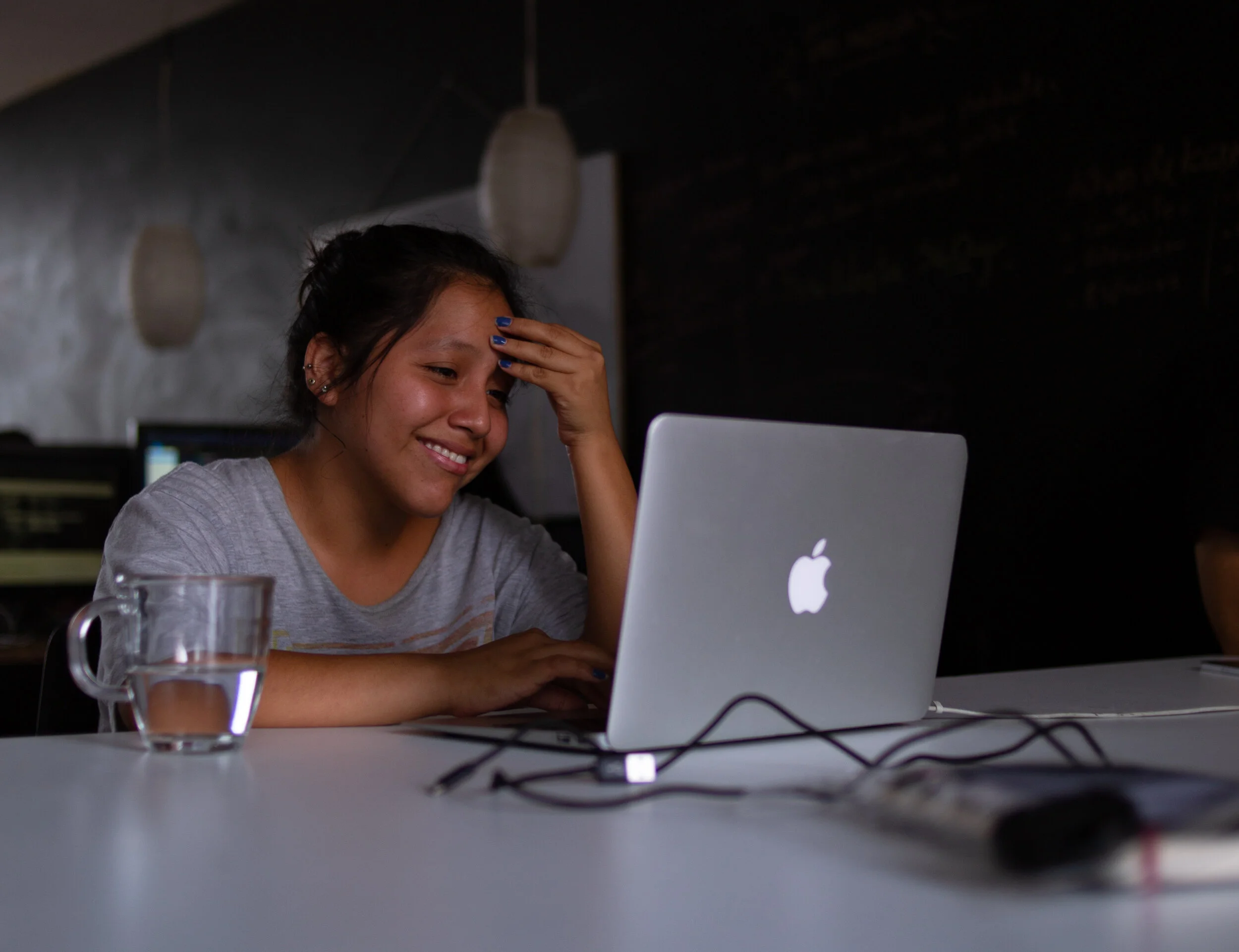It's normal for young kids to blurt things out sometimes, but parents can help make it easier to hold that thought.
Remember “BBC Dad”? The guy who was giving an interview with the BBC about South Korea when his 4-year-old toddled through the door behind him on camera, followed shortly by his adorable baby in a bouncer? I’ve been thinking a lot about poor, flustered BBC Dad lately in this age of Zoom calls, and how tough can be when kids continuously interrupt conversations, whether they are virtual or face-to-face. In this post I’ll be unpacking a few reasons why kids may struggle with interrupting, and what parents can do to help.
Why Does My Child Interrupt?
It’s normal, common, and even developmentally appropriate for young kids to interrupt conversations sometimes. From roughly age 2 to age 7, children are naturally egocentric, meaning that it’s hard for them to think about points of view different from their own, or to separate their thoughts and feelings from other people’s. Kids this age tend to assume that everyone is thinking and feeling the same way that they are. This can make it hard for young children to realize that other people have important thoughts to share, too, and may not be ready to hear what a child has to say.
Here are a few other factors that can contribute to frequent interrupting behavior in kids:
Difficulty with impulse control
Boredom
Trouble with social skills, such as recognizing natural give-and-take in conversations
Desire for attention from a parent or other adult
Stalling to avoid an unwanted activity
Has Zoom Made Kids’ Interrupting Worse?
I accidentally interrupt people on Zoom calls all the time. The few seconds of lag time between when someone speaks and when you hear their voice makes it easy to assume someone is done talking when they really aren’t. It’s pretty easy for adults to navigate this with minimal awkwardness, but for kids, it might be much harder to do.
In addition to the slight sound delay, there are fewer opportunities to pick up on nonverbal communication in video conferencing calls, especially if there are many participants. We can’t really read body language when we’re only seeing people from the shoulders up, and people’s faces are pretty tiny when the whole class is on the call together! This could make it even harder for kids to know when it’s a good time to talk.
Finally, I know that some kids feel quite anxious about online school. While Zoom calls are a big relief for many children with social anxiety, for others, it can be overstimulating. Kids who are feeling a little uneasy about being on camera or who worry they may be overlooked by their teacher due to the large number of kids on the call will be much more likely to interrupt.
Give Visual and Physical Cues To Let Your Child Know You’ve Heard Them
Kids who interrupt are trying to connect with people around them, which is awesome! They may just need a gentle acknowledgement that we’ve seen their request to speak and haven’t forgotten about them. A hand gesture can let your child know you’ve seen them and will be with them shortly, without you having to break the flow of your current conversation.
Ariadne Brill from Positive Parenting Connection describes how she used to gently hold her child’s hand when he interrupted her on the phone, to let him know that they were still connected and he’d have her attention soon. For older kids, try holding up 2 or 5 fingers to let them know how many minutes you need, or coming up with a funny secret code together that you can use to gently make them aware of their interrupting when it happens.
Boost 1-on-1 Time Together
When kids are craving attention, they’re more likely to rely on difficult behaviors like interrupting to try to get their needs met. If your child has been going through a particularly stressful time, she may need a little more attention than normal to feel secure. Similarly, kids who have had to share a parent’s attention with a sibling may be feeling a little lacking in individual support.
Setting aside a few minutes a day of individual, focused playtime with your child can help them get their need for attention met in a more positive way. Kids who get this 1-on-1 time often feel more secure in their connection with their parent, which can make it easier to tolerate time apart. This can help cut down on interrupting in the long run.
Practice Social Skills at Home to Interrupt Politely
Some kids may just need the right language to interrupt politely. You can teach your child to say “excuse me” or “may I please interrupt” when they have something important to say, and praise them when you hear these words. It’s also helpful for kids to learn the times when it is good to interrupt, such as in an emergency or when someone has been injured.
The picture book “My Mouth Is a Volcano!” is a children’s therapy go-to for young kids who are struggling with interrupting. The story, told from the point of view of an elementary school-aged boy, can be validating for kids who interrupt. It highlights the positive intentions that sometimes motivate kids to interrupt: for example, being really eager to share information that feels important with your friends and family. At the end of the story, children learn a simple coping skill to help them self-soothe and hold on to important thoughts until there’s an appropriate time to share them.
Model the Behavior You’d Like to See
Kids learn how they should behave from the adults in their lives, so any time a child is struggling with a behavioral issue, it really helps them to see the grownups around them practicing what they preach. Do you come from an outspoken family where people tend to talk over each other? Have you been a little lax in your own manners when you need to interrupt your child in conversation? I know this is something I could be more mindful of in therapy sessions, myself!
Nobody is perfect, but really accentuating the behaviors you’d like to see more of can help your child pick up on them, too. Make a point of saying “excuse me” or apologizing to your child for interrupting when it’s really necessary to do so. When you notice your child using good manners, heap on the praise! Children tend to repeat the behaviors that we pay a lot of positive attention to, so showing your enthusiasm for their newfound manners is a good way to encourage a repeat performance.
More Ways to Help a Child Who Constantly Interrupts
I’ve written a few other blog posts that might be of interest if you’re struggling with a tiny interrupter. If your child is really struggling to stay on task during online school, these tips to help combat Zoom fatigue may help improve his focus and comfort during class.
Online social groups are an excellent resource for kids looking to brush up on their social skills while still practicing social distancing. I’ve rounded up a few suggestions for online groups here, as well as outlined the benefits of these kinds of group activities for kids.
If your child is having a hard time picking up on social cues and collaborating with others, counseling that incorporates drama therapy might be a fun, low-pressure way to practice teamwork, nonverbal communication, and the other “soft skills” that help children communicate effectively and make friends.
I run an online group that helps middle schoolers brush up on social skills through game play—if that sounds appealing for your preteen, you can read more about my Dungeons & Dragons Social Support Group here.

